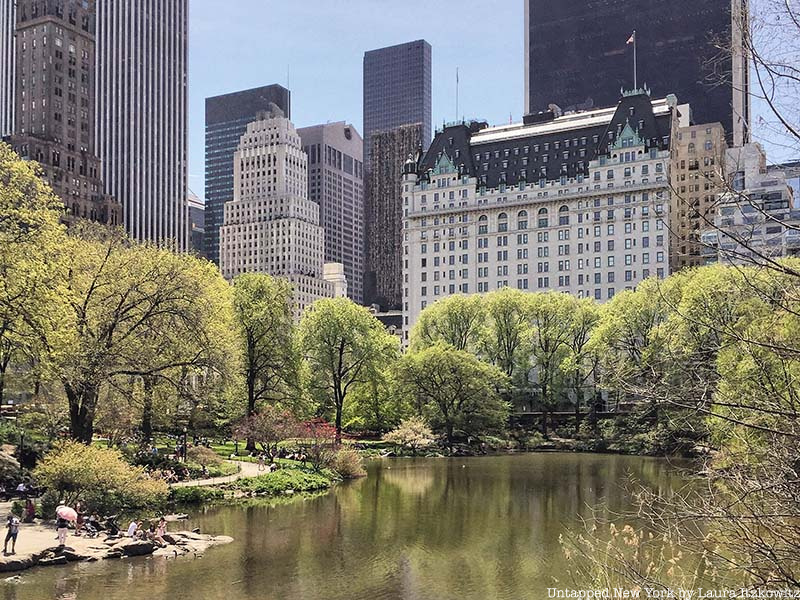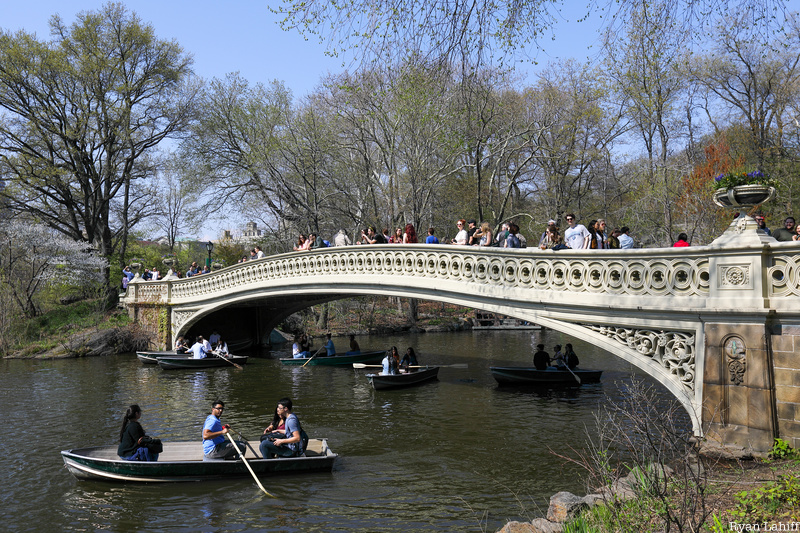
Frederick Law Olmsted, Sr. was the mastermind behind some of New York City’s most important parks and nature spots, as well as some more obscure locations. Olmsted, a Connecticut native who often collaborated with Calvert Vaux, spearheaded projects such as Central Park and Prospect Park, as well as Boston’s Emerald Necklace and the Biltmore in North Carolina, earning him the nickname of “Father of Landscape Architecture.” He was born exactly 200 years ago today, on April 26, 1822.
In honor of his 200-year legacy, we compiled a list of locations designed by Frederick Law Olmsted across the city and surrounding area. Olmsted’s sons kept his passion and talent alive, collaborating on designs for Fort Tryon Park, the New York Botanical Garden, Forest Hills Gardens, and the Frick Collection. Over 300 North American landscapes are listed on the Cultural Landscape Foundation’s new What’s Out There Olmsted digital guide. What’s Out There Olmsted includes a searchable database of North American landscapes and nearly 100 biographical entries about the Olmsted family and firms. NYC Parks is launching Olmsted 200 tapping into his contributions to New York’s elaborate green spaces as well.
“The impact of Frederick Law Olmsted, Sr., on the nation’s identity and the profession of landscape architecture is inestimable,” said Charles A. Birnbaum, TCLF’s President and CEO. “What’s Out There Olmsted provides easy access to a broad range of landscapes designed by Olmsted, Sr., and his successor firms and opportunities to discover the people associated with them.”
Explore our guide to 14 sites created, improved, and/or redesigned by Frederick Law Olmsted!
1. Central Park

In 1857, four years after the idea for the park was approved, Frederick Law Olmsted and Calvert Vaux won a design competition for Central Park with their “Greensward Plan,” beating out 32 other designs. Then-mayor Fernando Wood appointed Egbert Ludovicus Viele as the park’s chief engineer, yet his plan for the park was quickly disregarded and a competition to decide the winning plan was launched. The plan called for four sunken transverse roadways and distinct sections, unlike most other plans which focused on symmetry. Olmsted cited his inspiration as a trip to Birkenhead Park near Liverpool, England.
Olmsted and Vaux were assisted by board member Andrew Haswell Green, who led the Central Park Commission and directed certain parts of the construction. The park was difficult to construct because of its rocky and swampy landscape, resulting in the use of more gunpowder than during the Battle of Gettysburg. Over 18,500 cubic yards of soil were brought in from Long Island and New Jersey, and the entire construction project called for over 20,000 workers. The plan also led to the displacement of communities who lived in small villages, including residents of Seneca Village and Pigtown. Olmsted often clashed with park commissioners, who tried to cut out sections of the Greensward Plan due to budget concerns. Olmsted resigned as superintendent in 1862, while Vaux resigned the next year due to Green’s growing power. The Sheep Meadow, Belvedere Castle, and McGowan’s Pass were not part of the original plan.





